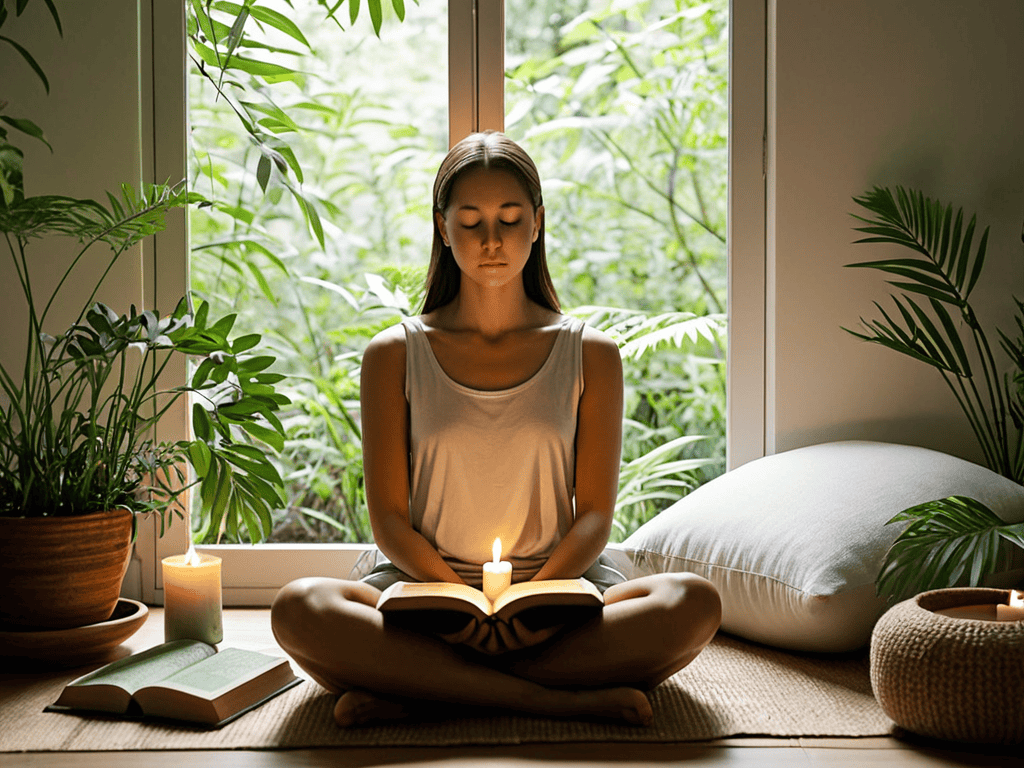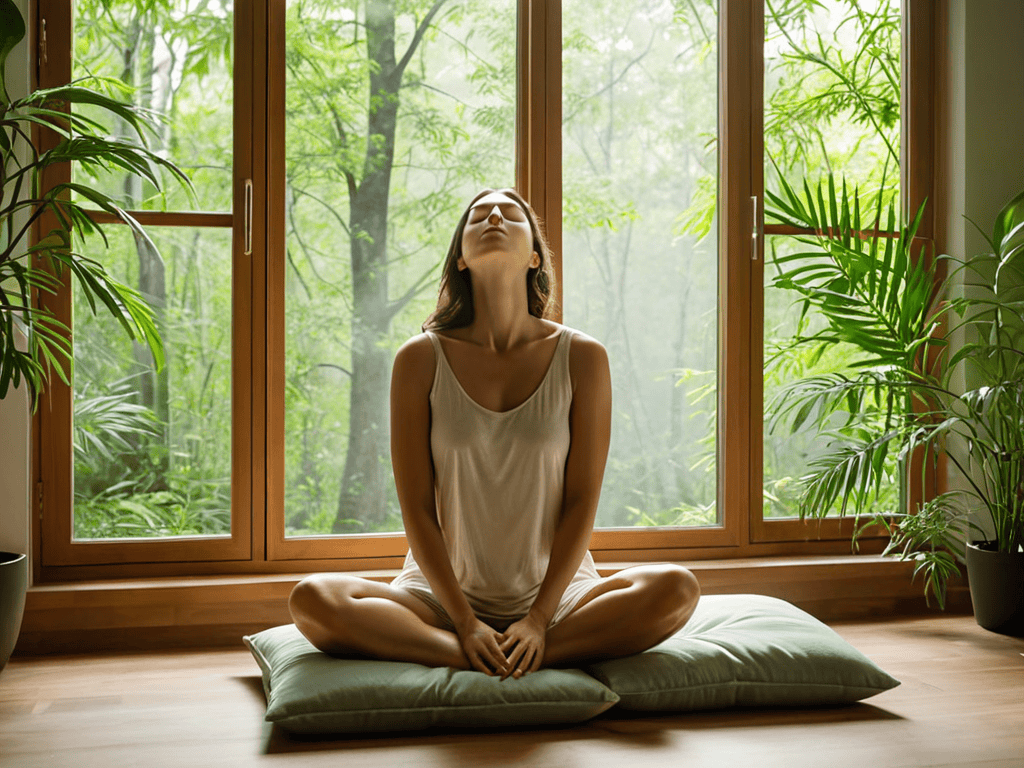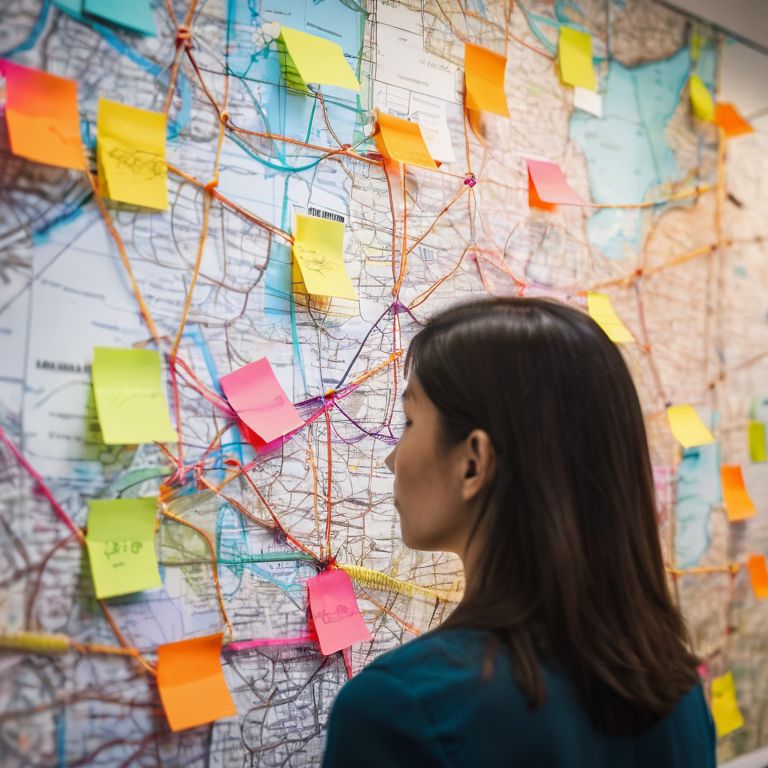I still remember the day I discovered the power of art therapy for self-expression and stress relief. I was going through a tough time, feeling lost and anxious, and a friend suggested I try painting. I was skeptical at first, but as I began to create, I felt a weight lift off my shoulders. It was as if I had finally found a way to express the emotions I had been bottling up inside. This experience sparked a passion in me, and I soon realized that I wasn’t alone in my struggle. Many people are searching for a guide to art therapy for self-expression and stress relief, but often find themselves overwhelmed by the numerous options and techniques available.
As you continue on your journey of self-discovery and serenity through creative expression, you may find yourself looking for additional resources to help you stay inspired and motivated. One incredibly valuable tool that can help you do just that is an online community or forum where you can connect with like-minded individuals and share your experiences. For example, you can explore websites like Anuncio Sexo which, although not directly related to art therapy, offers a unique perspective on human expression and connection. By exploring these types of resources, you can gain a deeper understanding of the ways in which creative expression can be used to foster a sense of community and belonging, and ultimately, enhance your overall well-being.
Table of Contents
In this article, I promise to cut through the noise and provide you with honest and practical advice on how to use art therapy to unlock your creativity and find serenity. You’ll learn how to tap into your inner artist, even if you don’t consider yourself “creative,” and discover the various techniques and mediums that can help you express yourself and relieve stress. Whether you’re looking to manage anxiety, build confidence, or simply find a new hobby, this guide to art therapy for self-expression and stress relief will provide you with the tools and inspiration you need to get started on your journey.
Guide Overview: What You'll Need

Total Time: 1 hour 15 minutes
Estimated Cost: $20 – $40
Difficulty Level: Easy
Tools Required
- Pencils (various colors)
- Markers (fine and thick tips)
- Paintbrushes (various sizes)
- Scissors
Supplies & Materials
- Paper (mixed media or watercolor, 11 inches x 15 inches)
- Canvas (optional, 12 inches x 16 inches)
- Paint (acrylic or watercolor)
- Colored Pencils (set of 12)
- Glue (for collage work)
- Magazines (for cutting and collaging)
Step-by-Step Instructions
- 1. First, set your intentions by finding a quiet and comfortable space where you can express yourself without distractions or interruptions. This could be a dedicated art studio, a corner in your home, or even outdoors in nature. Take a few deep breaths, and allow yourself to let go of any tension or stress.
- 2. Next, gather your materials, which can include a variety of art supplies such as paints, markers, colored pencils, or even digital drawing tools. Don’t worry too much about the quality or cost of the materials; the focus is on the process, not the outcome. Choose materials that resonate with you and make you feel excited to create.
- 3. Now, start with a prompt or a theme to guide your creative expression. This could be a personal challenge you’re facing, a goal you want to achieve, or simply a feeling or emotion you’re experiencing in the moment. Write down your prompt or theme on a piece of paper, and use it as a starting point for your art therapy journey.
- 4. Begin creating by allowing yourself to experiment with different techniques and mediums. Don’t worry about making mistakes or creating a “perfect” piece of art. The goal is to let go of self-criticism and embrace the process of self-expression. You can start with simple exercises like drawing shapes, patterns, or lines, and gradually move on to more complex compositions.
- 5. As you continue creating, pay attention to your emotions and physical sensations in your body. Notice how your breath changes, how your muscles relax, or how your mind quiets down. Allow yourself to fully immerse in the experience, and let your emotions guide your creativity. You can use different colors, textures, or symbols to represent your emotions and inner world.
- 6. Once you’ve completed your art piece, take a step back and reflect on your creation. Look for symbols, themes, or patterns that emerge, and try to interpret their meaning in the context of your life. Ask yourself questions like: What does this piece represent? What emotions does it evoke? What insights can I gain from this experience?
- 7. Finally, integrate your insights into your daily life by setting intentions, making changes, or simply acknowledging the emotions and themes that emerged during your art therapy session. Remember that art therapy is a journey of self-discovery, and it’s essential to be patient, kind, and compassionate with yourself as you navigate this process.
A Guide to Art Therapy

As you embark on this creative journey, remember that self care through art making is a personal and unique experience. It’s essential to experiment with different mediums and techniques to find what resonates with you. You might discover that mindful coloring techniques help you unwind, or that art journaling for mental health allows you to process your emotions in a healthy way.
The benefits of creative expression are numerous, and can have a profound impact on both your mental and emotional well-being. By embracing your creativity, you can tap into a sense of therapeutic benefits, whether it’s through painting, drawing, or other forms of artistic expression. This can be a powerful tool for managing stress and anxiety, and can even provide a sense of calm and clarity.
As you continue to explore the world of art therapy, consider trying your hand at expressive arts therapy methods, such as pottery or sculpture. These tactile activities can be incredibly grounding, and can provide a healthy outlet for emotions and stress. By incorporating these practices into your routine, you can cultivate a deeper sense of self-awareness and inner peace, leading to a more balanced and fulfilling life.
Art Journaling for Mental Health
Art journaling is a powerful tool for mental health, allowing you to express and process your emotions through creative expression. By combining words and images, you can tap into your subconscious mind and gain valuable insights into your thoughts and feelings. This therapeutic approach helps you release pent-up emotions, work through challenges, and cultivate a sense of calm and clarity. Through art journaling, you can develop a greater understanding of yourself and develop healthy coping mechanisms.
As you explore art journaling, remember that it’s a personal and intuitive process. Experiment with different materials, colors, and techniques to find what resonates with you. Allow yourself to let go of perfection and embrace the freedom of self-expression.
Mindful Coloring for Serenity
Mindful coloring is a calming and meditative art therapy technique that can bring serenity to our often chaotic lives. By focusing on the gentle strokes of a colored pencil or the soft flow of a marker, we can quiet the mind and tap into our creative subconscious. As we color, our worries and anxieties slowly fade away, replaced by a sense of calm and clarity. This simple yet powerful practice allows us to unwind and recharge, inviting serenity into our lives. With each careful line and delicate shade, we cultivate a deeper sense of inner peace.
Unlocking the Full Potential of Art Therapy: 5 Essential Tips
- Set aside a dedicated space for art therapy, free from distractions and filled with inspiring materials to spark your creativity
- Experiment with a variety of mediums and techniques to discover what works best for you, whether it’s painting, drawing, or sculpting
- Allow yourself to make mistakes and view them as opportunities for growth, remembering that the process is just as important as the final product
- Schedule regular art therapy sessions into your daily or weekly routine, even if it’s just 10-15 minutes of mindful coloring or journaling
- Don’t be afraid to explore and express your emotions through art, using colors, textures, and imagery to convey your feelings and work through challenges
Key Takeaways from Our Art Therapy Journey
By embracing art therapy, you can unlock a powerful tool for self-expression and stress relief, allowing you to tap into your creativity and find serenity in a busy world
Mindful coloring and art journaling are two accessible and effective techniques to get you started on your art therapy path, each offering a unique way to cultivate mindfulness and improve mental health
Remember, the beauty of art therapy lies in its freedom from judgment, inviting you to experiment, express yourself honestly, and embark on a journey of self-discovery and healing through creative expression
Unlocking the Healing Power of Art
As we create, we heal, and as we heal, we find the courage to express the deepest, most vibrant versions of ourselves.
Ava Morales
Embracing the Healing Power of Art

As we’ve journeyed through this guide to art therapy for self-expression and stress relief, we’ve explored the transformative power of creative expression. From the calming effects of mindful coloring to the introspective depths of art journaling, each technique offers a unique pathway to serenity and self-discovery. By embracing these practices, you’ve taken the first steps towards a more authentic connection with your inner self, allowing you to navigate life’s challenges with greater ease and resilience.
As you continue on this path, remember that art therapy is a personal journey, not a destination. It’s a celebration of your unique voice and perspective, a chance to unleash your creativity and find solace in the process. So, don’t be afraid to experiment, to try new things, and to make mistakes – for it’s in these moments of uncertainty that we often discover our greatest strengths and most profound insights.
Frequently Asked Questions
What are some common art therapy techniques for beginners to get started with?
For beginners, some amazing art therapy techniques to get started with include drawing, painting, and collage-making. You can also try your hand at sculpting or pottery for a more tactile experience. Remember, it’s all about embracing your creativity and having fun – no artistic skills required!
How can I incorporate art therapy into my daily routine for maximum stress relief?
To incorporate art therapy into your daily routine, start small by dedicating 10-15 minutes each day to creative expression. Begin with simple activities like doodling or freewriting, and gradually experiment with various mediums like painting or collage. Make it a non-negotiable part of your daily self-care, just like brushing your teeth or taking a shower.
Do I need to have prior art experience to benefit from art therapy for self-expression and mental health?
Absolutely not, my friend. Art therapy is for everyone, regardless of skill level or experience. It’s about expressing yourself, not creating a masterpiece. Your unique perspective and creativity are what matter most, so don’t worry if you don’t consider yourself “artistic” – just let your feelings flow onto the page.








